Eisendrath House
The historic “pink house on the hill” is an architectural gem that now serves as a center for water conservation.
After Rose Eisendrath was refused entry to an Arizona resort for being Jewish, she bought 44 acres in the Valley of the Sun on which she built her own private paradise in 1930. The house changed hands several times and fell into disrepair after Eisendrath’s death in 1936, but today this architectural gem has been fully restored and serves as a center for studying water conservation.
Long before Frank Lloyd Wright discovered the beauty and potential of the desert surrounding Phoenix, Arizona, wealthy Chicagoans like Eisendrath flocked to winter getaways in the Southwest. The widow of a wealthy glove maker, Eisendrath hired architect Robert T. Evans to build her a desert oasis overlooking the Salt River and the Superstition Mountains in what is now known as the “Pueblo Revival” style.
She called her Sonoran retreat Lomaki which in the Hopi language translates to “beautiful home.” With 5,500 square feet of living space, a dumbwaiter, citrus grove, and swimming pool, the house was designed to entertain. All were welcome in Rose’s home, including the hotel manager who had turned her away.
The Eisendrath house was the first of Evans’ pueblo-style homes in Phoenix, where he had been living since 1923 and building an impressive list of wealthy clients. Famous for designing the Jokake Resort, Evans also designed the pool at the Arizona Biltmore, an iconic Frank Lloyd Wright commission. Sadly, many of the homes designed by Evans have been lost, a fate narrowly escaped by the Eisendrath house.
When it was bought by the City of Tempe in 2001, the house was an erstwhile artist colony that had been inadequately maintained for decades. The adobe was “melting” back into the desert and the home had even become a hideaway for a marijuana hydroponics operation. The Tempe community and the Rio Salado Foundation spent 10 years and $4.3 million to preserve this home, which is now on the National Register of Historic Places.
Historic preservation, however, is only part of the Eisendrath house’s resurrection story. Redesigned to educate desert dwellers about water conservation, it is now a centerpiece of the Carl Hayden Campus for Sustainability. In partnership with the local power company and nearby water treatment plant, the house sponsors conservation classes and features exhibit galleries on sustainable living, education desperately needed by a desert region population that has grown from 61,000 in 1930 to over 4.2 million today.
Know Before You Go
Visitors can take a docent-led tour on Thursdays and Saturdays by appointment by calling 480-858-2202 or emailing info@eisendrathhouse.org.
Next door to the Eisendrath House is the Sandra Day O’Connor house, which was moved to the Tempe campus from Paradise Valley in 2009. Owned by the Supreme Court Justice from 1959 to 1981, the O’Connor House is another example of unique adobe brick construction with “green-living” features and a compelling history. The house is not open to the public, but serves as the headquarters for the Sandra Day O’Connor Institute which promotes civil discourse and civic engagement.



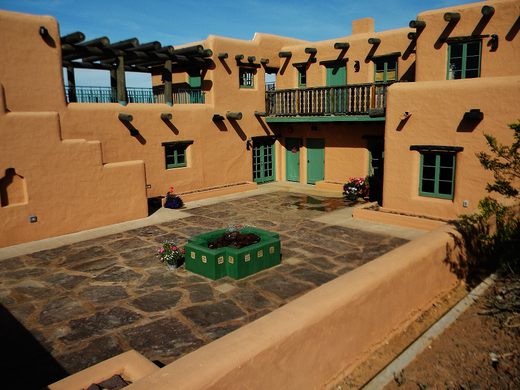








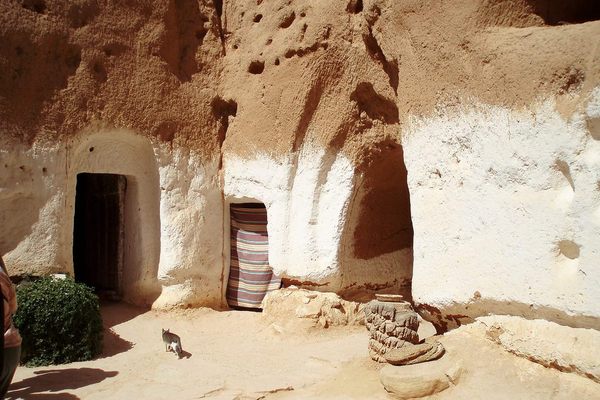
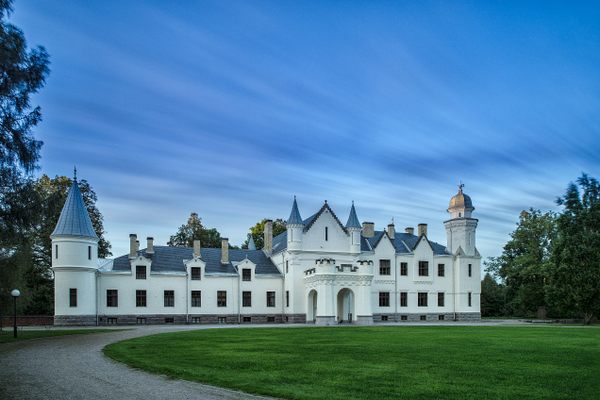


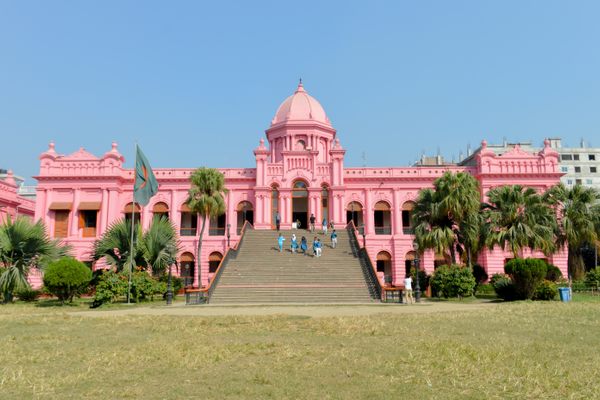
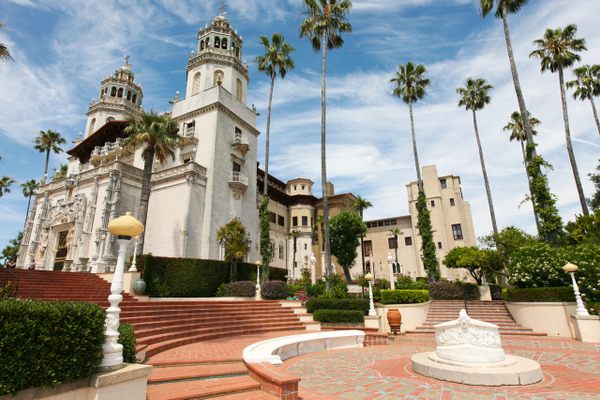

Follow us on Twitter to get the latest on the world's hidden wonders.
Like us on Facebook to get the latest on the world's hidden wonders.
Follow us on Twitter Like us on Facebook